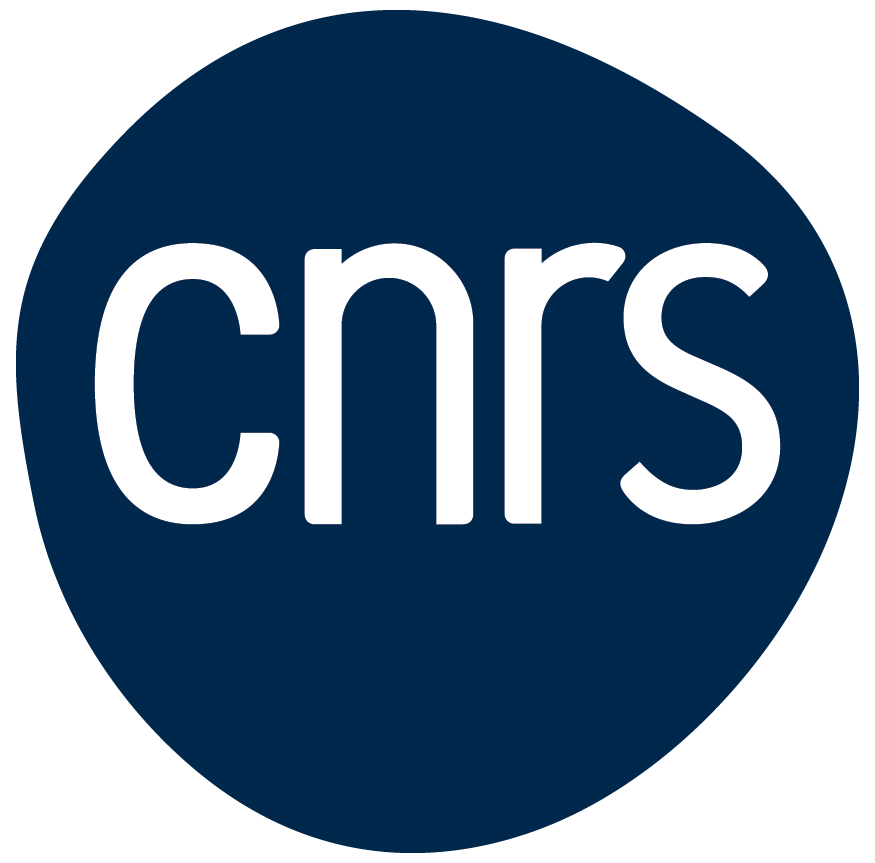Sustainable development and societial engagement
Equality – Parity
Présentation et objectifs
In 2020, the CNRS and the MPDF (Mission pour la Place des Femmes au CNRS) created a network of equality correspondents (COREGAL) in research units and in the regions.
Heudiasyc lab joined the Coregal network of the CNRS Hauts-de-France delegation in 2020. This network aims to promote gender equality at work through various actions:
- Publicize and disseminate the elements of the CNRS national action plan and more broadly of the policy carried out by the delegation within the units;
- Raise awareness of the objectives of the action plan and carry out actions aimed at the personnel of the unit.
Unit parity referent: Hélène Ballet
Actions done
Every action taken aims to promote research in computer science among young girls
2023:
Organization of a summer school in computer science, hosting 20 high school students from the Hauts-de-France region.
2021:
- Realization of videos portraits of the researchers of the laboratory (See the videos)
- • Awareness day for scientific research professions with plenary presentations, round table and participatory theater play on gender-based and sexual violence at work.
Sustainable development
Overview and goals
The head of Heudiasyc lab wanted to start in the fall of 2020 an action to reflect on the environmental impact of its activities. This was quickly put in place with the appointment of a referent (Franck Davoine) and a co-referent (Bertrand Ducourthial) on sustainability issues. A first workshop of « EcoHDS » action was organized in January 2021 on the theme of digital sobriety. The exchanges made it possible to list good environmental practices that could be implemented within the laboratory.
Sustainable development referents of the unit: Bertrand Ducourthial & Cyprien Gilet
Actions done
In March 2021, we undertook the assessment of the laboratory’s carbon footprint for the years 2019 and 2020. This carbon footprint, requested by the laboratory’s supervisory authorities, aims to identify actions to reduce our environmental footprint.
To carry out this assessment, we used the GES 1point5 1 tool developed specifically for research laboratories by the GDR Labs 1point5 supported by the CNRS, INRAE and ADEME. « GHG » means Greenhouse Gas; it is a matter of bringing the activities into a common unit: the tonne of CO2 equivalent. « 1point5 » refers to the expected Earth temperature increase goal. In its V1 version, the tool took into account the consumption of the laboratory buildings (heating, electricity, refrigerant gases, etc.), travel between home and work and our professional missions.
The Ecodiag 2 tool, developed by members of the GDS EcoInfo of the CNRS, enabled us to calculate the carbon footprint of our computer equipment. The carbon footprint of laboratory purchases has more recently been estimated using the Higher Education Research Purchasing Nomenclature (NACRES). The estimate essentially consists of matching each NACRES code of our purchases of goods and services with a monetary emission factor (expressed in kg eCO2 per euro spent) calculated from the carbon base of ADEME (France), from the US Comprehensive Environmental Data Archive (CEDA) and the US Environmental Protection Agency (EPA) archive. The distribution of emission sources (kg eCO2) calculated by GES 1point5 for the year 2019 is presented in figures 19, 20, 21. The analysis of the laboratory’s carbon footprint will shed light on our GHG emissions.
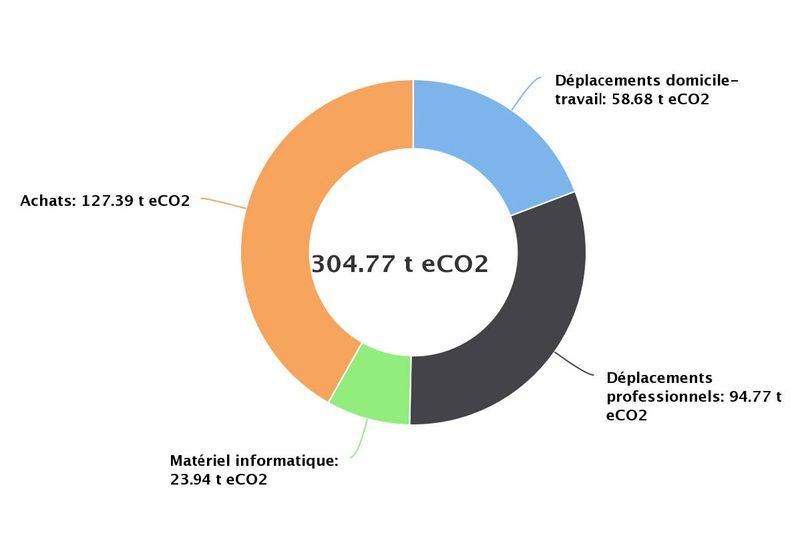
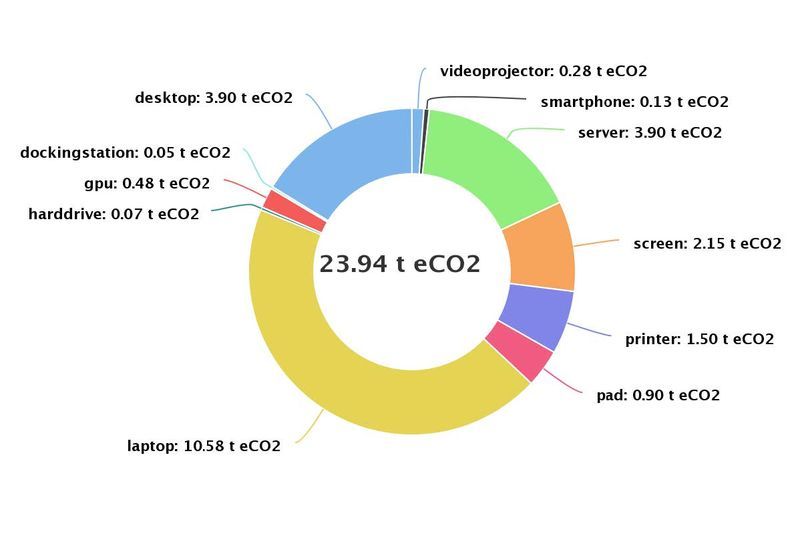
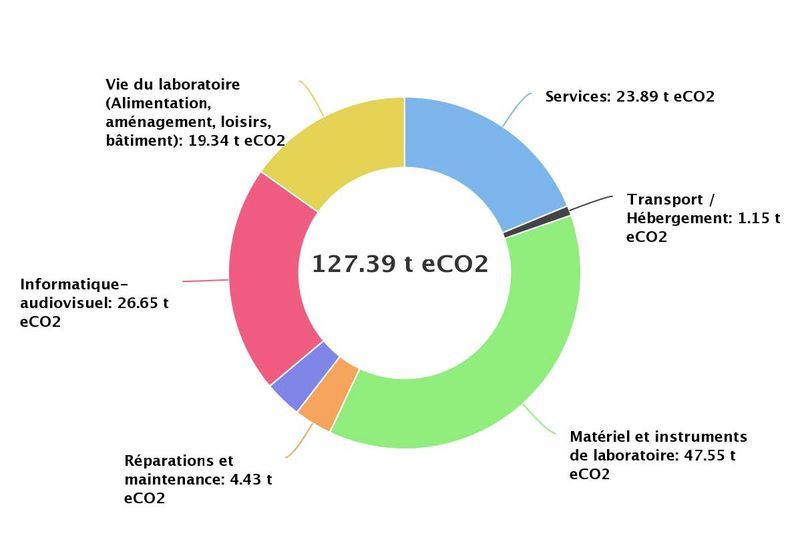
The calculation of the laboratory’s greenhouse gas balances (BGES) for the three years 2019, 2020 and 2021 is 4 tonnes of CO2 equivalent per person in 2019, 1.8 tonnes in 2020 and 2.2 tonnes in 2021. The pandemic has greatly reduced missions as well as home-to-work transport.
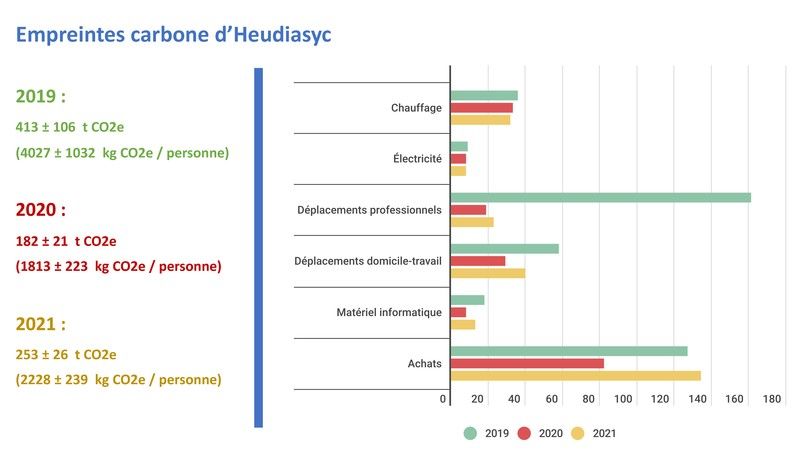
Overview and goals

In charge of promoting the national action of the CNRS in terms of access to and retention of employment for people with handicaps, the « Mission Insertion Handicap » (MIH) of the CNRS human resources department defines the priority actions of the CNRS disability policy and coordinates information related to the awareness and integration system.
In this context, the CNRS human resources department has appointed disability referents within the research laboratories, attached to the regional delegations.
Disability referent of the unit: Séverine Paprzycki
CONTACT
Directeur | Philippe Bonnifait
Tél : 03 44 23 44 81
Mail : philippe.bonnifait@hds.utc.fr


